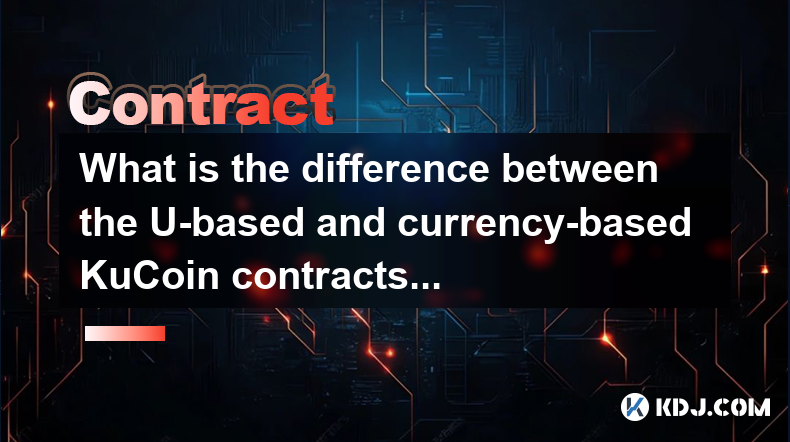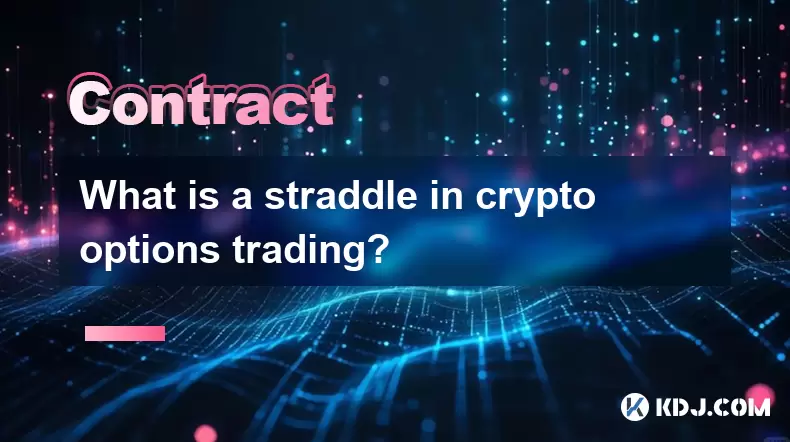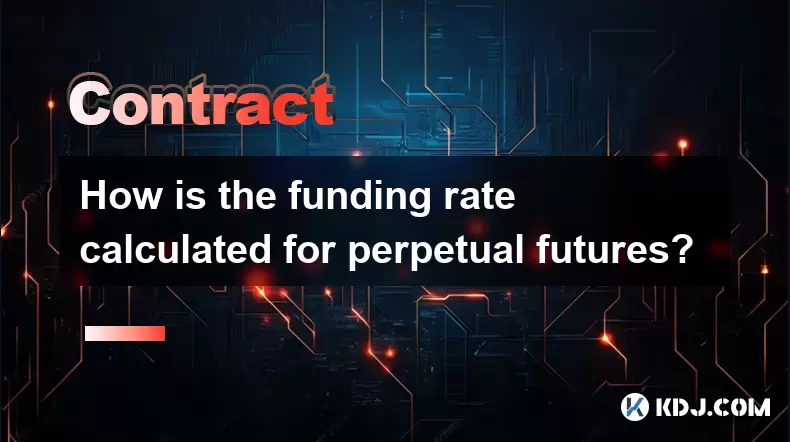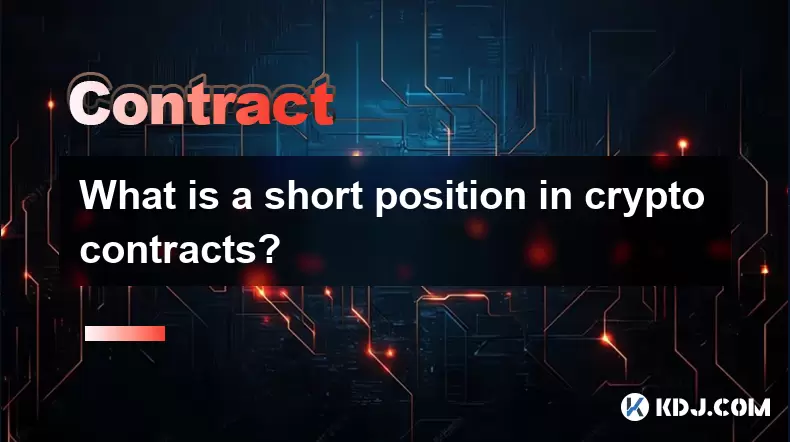-
 Bitcoin
Bitcoin $117300
1.93% -
 Ethereum
Ethereum $3866
5.21% -
 XRP
XRP $3.109
3.81% -
 Tether USDt
Tether USDt $1.000
0.01% -
 BNB
BNB $781.5
1.52% -
 Solana
Solana $173.0
2.95% -
 USDC
USDC $0.9998
0.00% -
 Dogecoin
Dogecoin $0.2181
6.31% -
 TRON
TRON $0.3403
0.93% -
 Cardano
Cardano $0.7683
3.91% -
 Hyperliquid
Hyperliquid $40.08
5.09% -
 Sui
Sui $3.742
7.38% -
 Stellar
Stellar $0.4152
4.69% -
 Chainlink
Chainlink $18.40
10.03% -
 Bitcoin Cash
Bitcoin Cash $580.6
2.21% -
 Hedera
Hedera $0.2543
4.25% -
 Ethena USDe
Ethena USDe $1.001
-0.01% -
 Avalanche
Avalanche $22.94
3.52% -
 Litecoin
Litecoin $121.8
2.24% -
 UNUS SED LEO
UNUS SED LEO $8.955
-0.41% -
 Toncoin
Toncoin $3.330
3.03% -
 Shiba Inu
Shiba Inu $0.00001270
2.97% -
 Uniswap
Uniswap $10.34
6.42% -
 Polkadot
Polkadot $3.805
3.86% -
 Dai
Dai $1.000
0.01% -
 Bitget Token
Bitget Token $4.429
1.80% -
 Cronos
Cronos $0.1495
4.65% -
 Monero
Monero $255.6
-9.08% -
 Pepe
Pepe $0.00001096
4.40% -
 Aave
Aave $282.9
7.85%
What is the difference between the U-based and currency-based KuCoin contracts? Which one is more suitable for novices?
KuCoin offers U-based contracts settled in USDT and currency-based contracts settled in the traded crypto, each with unique advantages for novice traders.
May 06, 2025 at 10:49 am

Introduction to KuCoin Contracts
KuCoin, a leading cryptocurrency exchange, offers two types of futures contracts: U-based and currency-based. These contracts allow traders to speculate on the future price movements of cryptocurrencies. Understanding the differences between these two types of contracts is crucial for making informed trading decisions, especially for novices entering the crypto trading world.
What Are U-Based Contracts?
U-based contracts on KuCoin are futures contracts that are settled in USDT, a stablecoin pegged to the US dollar. This means that regardless of the underlying asset you are trading, the profits and losses are settled in USDT. For example, if you trade a Bitcoin futures contract, your gains or losses will be calculated in USDT.
- Advantages of U-based contracts: They offer a high degree of flexibility because you can trade multiple assets without needing to hold different currencies. This can simplify your trading strategy and reduce the complexity of managing multiple currency balances.
- Disadvantages of U-based contracts: Since they are settled in USDT, you are exposed to the stability and potential volatility of USDT itself. Additionally, the conversion to USDT might introduce additional fees or slippage.
What Are Currency-Based Contracts?
Currency-based contracts on KuCoin are futures contracts that are settled in the underlying cryptocurrency itself. If you trade a Bitcoin futures contract, your profits and losses will be settled in Bitcoin. This type of contract is more traditional and closely resembles spot trading.
- Advantages of currency-based contracts: They allow you to maintain exposure to the cryptocurrency you are trading. If you believe in the long-term value of the asset, settling in the same cryptocurrency can be beneficial.
- Disadvantages of currency-based contracts: Managing different cryptocurrency balances can be more complex and may require you to convert your profits into other currencies, which could lead to additional transaction costs.
Comparing U-Based and Currency-Based Contracts
When comparing U-based and currency-based contracts, several key factors come into play:
- Settlement Currency: U-based contracts settle in USDT, while currency-based contracts settle in the underlying asset.
- Flexibility: U-based contracts offer more flexibility as you can trade various assets without worrying about different cryptocurrency balances.
- Complexity: Currency-based contracts might be more complex to manage due to the need to handle different cryptocurrency balances.
- Exposure: Currency-based contracts keep you exposed to the underlying asset, which can be advantageous if you believe in its long-term value. U-based contracts shield you from this exposure but tie your results to the stability of USDT.
Which Type of Contract is More Suitable for Novices?
For novices entering the world of crypto futures trading, the choice between U-based and currency-based contracts can be pivotal. Here are some considerations to help novices decide:
- Simplicity and Flexibility: U-based contracts are generally more suitable for novices because they offer greater simplicity and flexibility. Since all profits and losses are settled in USDT, you don't need to manage multiple cryptocurrency balances, which can be overwhelming for beginners.
- Understanding Stablecoins: If you are new to trading, understanding how stablecoins like USDT work can be beneficial. U-based contracts can help you get accustomed to trading without the added complexity of managing different cryptocurrencies.
- Long-Term Belief in Assets: If you have a strong belief in the long-term value of a particular cryptocurrency, currency-based contracts might be more appealing. However, this requires a deeper understanding of the market and the ability to manage different cryptocurrency balances, which might be challenging for novices.
How to Start Trading U-Based Contracts on KuCoin
If you decide to start with U-based contracts, here are the steps to begin trading on KuCoin:
- Register and Verify Your Account: Visit the KuCoin website and sign up for an account. Complete the necessary verification steps to ensure your account is fully operational.
- Deposit USDT: Navigate to the deposit section and add USDT to your KuCoin wallet. Ensure you have enough USDT to cover your trading activities.
- Navigate to Futures Trading: Go to the futures trading section on KuCoin. Select the U-based contracts tab.
- Choose Your Asset: Select the cryptocurrency you wish to trade. For example, if you want to trade Bitcoin futures, choose the BTC/USDT contract.
- Set Your Position: Decide whether you want to go long (buy) or short (sell) based on your market prediction. Enter the amount you wish to trade.
- Monitor and Manage Your Position: Keep an eye on your open positions and be ready to close them based on market movements. Use stop-loss and take-profit orders to manage your risk.
How to Start Trading Currency-Based Contracts on KuCoin
If you opt for currency-based contracts, follow these steps to start trading on KuCoin:
- Register and Verify Your Account: As with U-based contracts, sign up and verify your account on KuCoin.
- Deposit the Underlying Cryptocurrency: Navigate to the deposit section and add the cryptocurrency you wish to trade. For example, if you want to trade Bitcoin futures, deposit Bitcoin into your KuCoin wallet.
- Navigate to Futures Trading: Go to the futures trading section on KuCoin and select the currency-based contracts tab.
- Choose Your Asset: Select the cryptocurrency you wish to trade. For example, if you want to trade Bitcoin futures, choose the BTC/BTC contract.
- Set Your Position: Decide whether you want to go long (buy) or short (sell) based on your market prediction. Enter the amount you wish to trade.
- Monitor and Manage Your Position: Keep an eye on your open positions and be ready to close them based on market movements. Use stop-loss and take-profit orders to manage your risk.
Frequently Asked Questions
Q: Can I switch between U-based and currency-based contracts on KuCoin?
A: Yes, you can switch between U-based and currency-based contracts on KuCoin. However, you will need to ensure you have the appropriate funds in your wallet (USDT for U-based or the underlying cryptocurrency for currency-based) before placing your trades.
Q: Are there different fees for U-based and currency-based contracts?
A: Yes, KuCoin may have different fee structures for U-based and currency-based contracts. It's important to check the fee schedule on the KuCoin platform to understand the costs associated with each type of contract.
Q: Can I use leverage with both U-based and currency-based contracts?
A: Yes, both U-based and currency-based contracts on KuCoin support leverage. However, the level of leverage available might differ between the two types of contracts, so it's essential to review the specifics before trading.
Q: How do I manage risk with these contracts?
A: Managing risk with both U-based and currency-based contracts involves using tools like stop-loss and take-profit orders. Additionally, it's crucial to only trade with funds you can afford to lose and to thoroughly understand the market before placing trades.
Disclaimer:info@kdj.com
The information provided is not trading advice. kdj.com does not assume any responsibility for any investments made based on the information provided in this article. Cryptocurrencies are highly volatile and it is highly recommended that you invest with caution after thorough research!
If you believe that the content used on this website infringes your copyright, please contact us immediately (info@kdj.com) and we will delete it promptly.
- Bitcoin Reserve, Gold Revaluation, Congress Considers: A New Era for US Financial Strategy?
- 2025-08-08 04:30:12
- KAITO's Momentum: Can It Reclaim Support Amidst Social Media Scrutiny?
- 2025-08-08 04:30:12
- Pi Coin's dApp and AI Potential: Building a Decentralized Future
- 2025-08-08 02:30:12
- Ruvi AI Takes the Lead: Outshining Dogecoin on CoinMarketCap
- 2025-08-08 02:50:12
- Cryptos Under $1: Is Ripple Still the King?
- 2025-08-08 03:50:12
- Cold Wallet, Bonk Price, ICP Price: Navigating the Crypto Landscape in 2025
- 2025-08-08 03:56:12
Related knowledge

What triggers a liquidation event on a Coinbase futures position?
Aug 08,2025 at 01:15am
Understanding Futures Contracts on CoinbaseFutures contracts on Coinbase allow traders to speculate on the future price of a cryptocurrency, such as B...

How do I become eligible to trade contracts on Coinbase?
Aug 08,2025 at 04:42am
Understanding Contract Trading on CoinbaseContract trading on Coinbase refers to the ability to trade derivative financial instruments such as futures...

What is a straddle in crypto options trading?
Aug 07,2025 at 11:15pm
Understanding the Basics of a Straddle in Crypto OptionsA straddle is an options trading strategy used when a trader expects significant price movemen...

How is the funding rate calculated for perpetual futures?
Aug 07,2025 at 11:36pm
Understanding the Basics of Perpetual FuturesPerpetual futures are a type of derivative contract that does not have an expiration date, allowing trade...

What programming languages are used for smart contracts?
Aug 07,2025 at 06:07pm
Understanding Smart Contracts and Their Execution EnvironmentSmart contracts are self-executing programs deployed on blockchain networks that automati...

What is a short position in crypto contracts?
Aug 07,2025 at 11:42pm
Understanding the Concept of a Short Position in Crypto ContractsA short position in crypto contracts refers to a trading strategy where a trader prof...

What triggers a liquidation event on a Coinbase futures position?
Aug 08,2025 at 01:15am
Understanding Futures Contracts on CoinbaseFutures contracts on Coinbase allow traders to speculate on the future price of a cryptocurrency, such as B...

How do I become eligible to trade contracts on Coinbase?
Aug 08,2025 at 04:42am
Understanding Contract Trading on CoinbaseContract trading on Coinbase refers to the ability to trade derivative financial instruments such as futures...

What is a straddle in crypto options trading?
Aug 07,2025 at 11:15pm
Understanding the Basics of a Straddle in Crypto OptionsA straddle is an options trading strategy used when a trader expects significant price movemen...

How is the funding rate calculated for perpetual futures?
Aug 07,2025 at 11:36pm
Understanding the Basics of Perpetual FuturesPerpetual futures are a type of derivative contract that does not have an expiration date, allowing trade...

What programming languages are used for smart contracts?
Aug 07,2025 at 06:07pm
Understanding Smart Contracts and Their Execution EnvironmentSmart contracts are self-executing programs deployed on blockchain networks that automati...

What is a short position in crypto contracts?
Aug 07,2025 at 11:42pm
Understanding the Concept of a Short Position in Crypto ContractsA short position in crypto contracts refers to a trading strategy where a trader prof...
See all articles

























































































